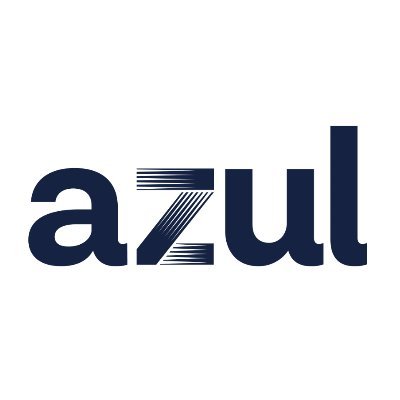| Azul And ChainGuard Team Up |
| Written by Nikos Vaggalis | |||
| Tuesday, 22 July 2025 | |||
|
...to secure Java container images that incorporate Azul’s build of OpenJDK. This is not something new for Chainguard. As we examined back in July 2024 in Chainguard Images Now Come With JCK Certified Java: Chainguard released OpenJDK Java images which are JCK conformant, adhering to the strict Java standard but also with a twist. The twist is that the images are minimalist and based on Wolfi Linux (Un)Distribution. The JCK is of course the comprehensive test suite provided by Oracle that validates adherence to the Java specification. This conformance now applies to any Chainguard Image that contains the JDK and JRE latest builds for OpenJDK Java 21.0.3 and Java 22.0.1. This is now repeated, but in this case by producing images built with Azul’s commercially supported build of OpenJDK that’s part of Azul Platform Core. This enables enterprises to continue to use and receive support for Azul for their Java runtimes which now are going to be based on Chainguard hardened containers. Security wise this is a win-win situation since a container image doesn't depend only on the JDK; there's other components that might be responsible for cracks on the image's security. Chainguard tries to alleviate those risks by producing containers that enforce sensible defaults:
These defaults address the following issues arising from running containers:
Azul has clearly seen that potential and by basing its JDK build on Chainguard's hardened images, aims to leverage all those benefits to provide more value to its customers.
More InformationImproving Java Container Security with Chainguard and Azul Related ArticlesChainguard Images Now Come With JCK Certified Java
To be informed about new articles on I Programmer, sign up for our weekly newsletter, subscribe to the RSS feed and follow us on Twitter, Facebook or Linkedin.
Comments
or email your comment to: comments@i-programmer.info |
|||
| Last Updated ( Wednesday, 23 July 2025 ) |


